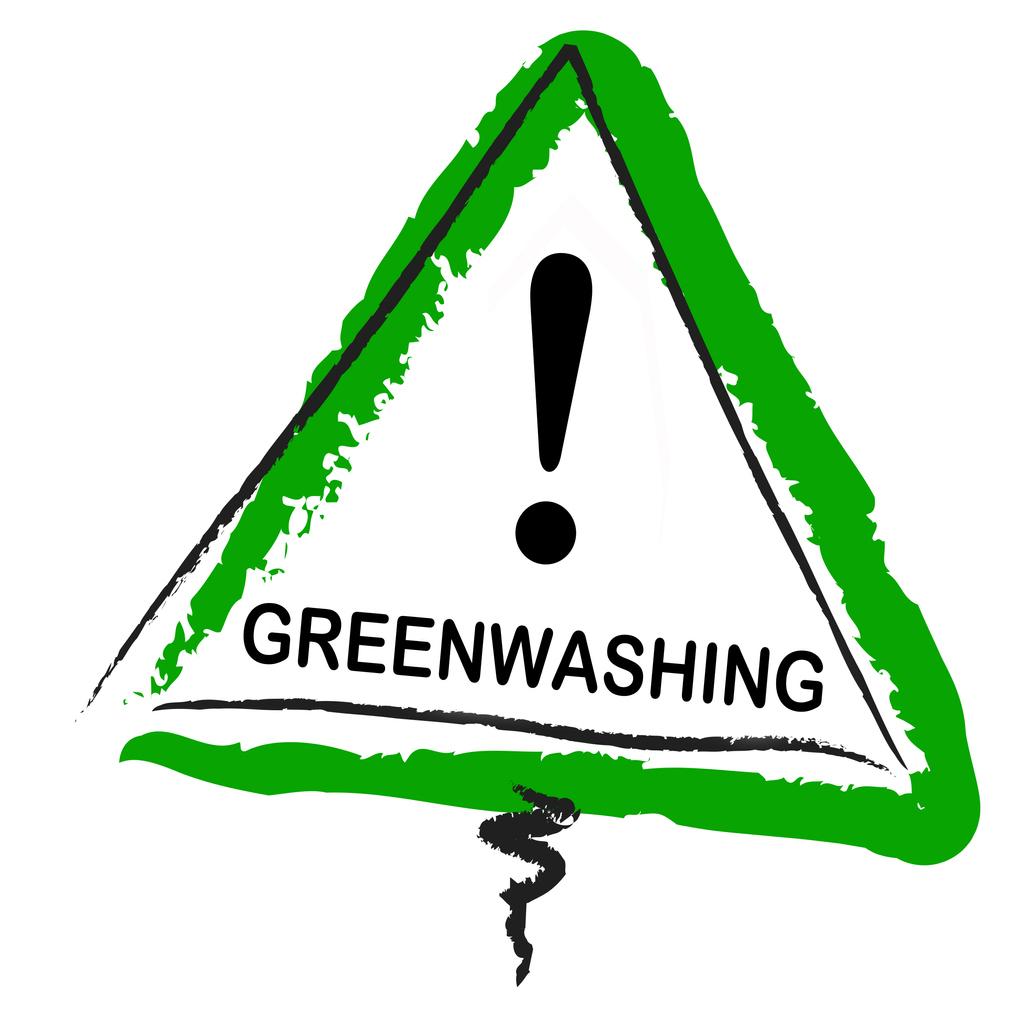Carbon Credits: Do They Really Impact Emissions?
Published Oct. 6 2022, 2:24 p.m. ET

Emissions coming from a power plant.
It’s no secret that we need to lower emissions — millions of tonnes of CO2 are released into the atmosphere annually, by the U.S. alone. This is the issue that carbon credits are trying to address.
Carbon credits essentially allow both businesses and individuals to offset their emissions by investing in different environmental projects. These credits are meant to represent the removal of carbon dioxide from the atmosphere. But it’s not as straightforward as it seems.
So, how exactly does a carbon credit work?

The goal of implementing carbon credits is to lower emissions.
There are two main markets for carbon credits: compliance and voluntary.
The compliance market is where the government gives companies a set amount of carbon credits. These credits can be traded amongst companies.
A voluntary market is where carbon credits can be purchased and sold. They aim to make up for the emissions businesses produce, by funding projects that remove carbon dioxide from our environment.
Projects can include planting trees, supporting sustainable agriculture, investing in renewable energy, and more.

A group of volunteers planting a tree in a park.
Sounds nice, right? Well, it’s complicated.
One of the main problems with carbon credits in the voluntary market is that they lack regulation. Sometimes it’s unclear how much emissions are actually being reduced, or if they’re being reduced at all.
As explained by NBC, corporations can simply offset their emissions without actually reducing them or they can invest in projects that were already planned.

Brazil fans watching the soccer game together.
NBC goes on to give the example of the World Cup and how in this case, carbon credits didn’t really help the environment at all.
“FIFA bought credits to help offset emissions from the World Cup in Brazil. But soon after, the trees were cut down. The project was suspended in 2018 after more trees were logged than all the credits sold,” the article stated.
This is why a number of critics and environmentalists alike call the use of carbon credits greenwashing. A company that is using these credits might seem more eco-friendly than others, but in reality, they aren’t having any positive impact on the environment. Classic.

People sometimes refer to carbon credits as greenwashing.
Can carbon credits be improved as a concept?
Carbon credits aren’t totally a lost cause, but they certainly have a long way to go.
If we can develop programs that improve the integrity of the credits, that would be a strong start. Having ways to track projects and accurately measure emission reductions could be useful strategies for bettering carbon credits.
But until then, there are other ways we can help lower emissions.
There are a lot of simple ways we can lower our environmental footprint. Eating a plant-based diet, walking or biking instead of driving, and investing in more sustainable items.

Walking or riding a bike can help lower your environmental footprint.
Most importantly, we can vote. Voting and becoming involved in our communities can have a large impact. Things like building more parks, conserving land, protecting wildlife, and decreasing pollution are all things we can show our support for on a local level.
By electing government officials that support green policies, we can ensure that having a healthy environment will be prioritized.